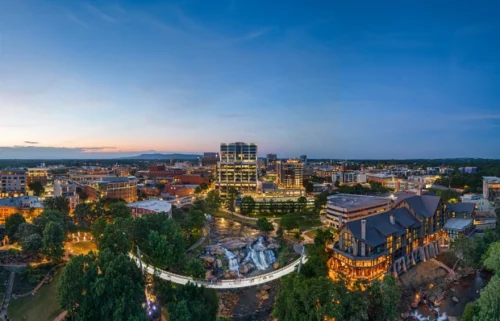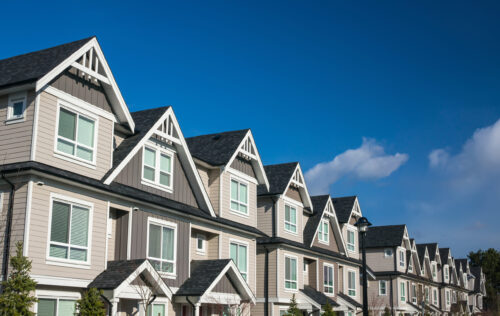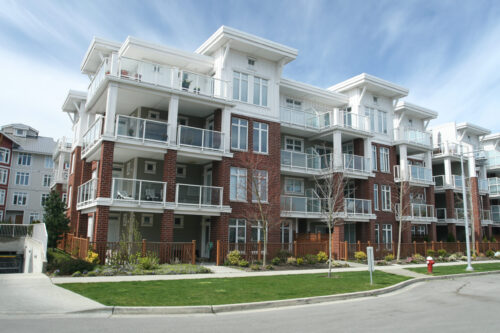
Connect with a Lima One expert today!
If you’d like to know more about this topic or see how it applies to your project, let’s talk.
Multi-Family Investments and Public Transportation
Why Multi-Family Investors Need to Know about Public Transportation
Did you know that public transit is increasingly becoming a factor in the growth of multi family investment properties?
Not long ago, our interest was piqued by a story on NREIonline about public transit and its impact on multi-family real estate investments. If you are reading this blog, you are likely just as curious about this as we are.
And you have to be wondering: is it true?
Let’s look at some of the facts. This story was based a report from the American Public Transportation Association and the National Association of Realtors. You may have seen that report as well. To encapsulate its 56 pages into one short paragraph: there is evidence that multifamily near heavy-rail, light-rail and commuter-rail lines sell for more money than ones that aren’t, based on a study of seven diverse metro area across the country.
The report established a half-mile radius for a property to be included in a public transit zone, so the first lesson that multifamily investors can learn is that a half-mile radius for public transportation could be one gauge of ideal proximity that will attract both renters and buyers.
According to NREI, “the report shows that between 2012 and 2016, residential properties within transit-oriented districts recorded median sale prices that were 4 percentage points to 24 percentage points higher than residential properties not benefiting from proximity to public transit.”
What is causing this? Here’s what we think:
- Millennials in the workforce are looking to balance their work/life experience. Mass transit allows them to ditch the daily commute, which is a major bonus for that generation. That means fuller rent rolls and shorter vacancy times—both music to an investor’s ears.
- The metros that were studied are ones that have long histories of strong mass transit including Boston, Los Angeles and Seattle. Those communities have built up riderships over the years that create a base of potential renters. Building or renovating multifamily near them is a strong bet. It will be interesting to see if this crosses over to cities like Charlotte, North Carolina, with newly built out public transit systems.
- The communities studied also have low home ownership rates when compared to the rest of the nation. That means there is more demand for rentals, both multifamily and single-family.
One question that investors need to ask is whether this trend of public transit increasing property values will develop in other places in the next 15 to 20 years—and what kinds of public transportation will create the most value. While multi-family near strong mass transit may lead to better returns in large metro areas, in a gigantic swath of the country mass transit barely exists. A lot of cities don’t have strong bus systems, let alone high-speed rail. That is unlikely to change quickly, given the expense and timeline that light rail projects require. So this investment strategy may not catch on in mid-sized and smaller communities. You probably don’t want to base an investment on a nearby bus stop like you would on a walkable light rail station.
So what should investors do? Focus on properties in the communities you have knowledge of where mass transit actually creates significant livability advantages. These are the places where you can gain value from multi-family property investing based on a mass transit radius. Start with this filter, and then add in other key investment factors to find the deal that works for you.
Subscribe for More Insights
Get the latest industry news & Lima One updates.








